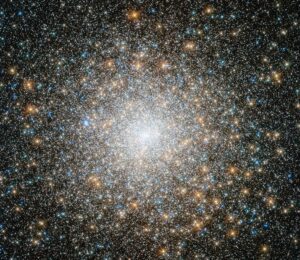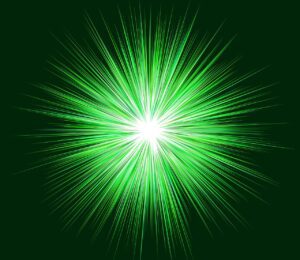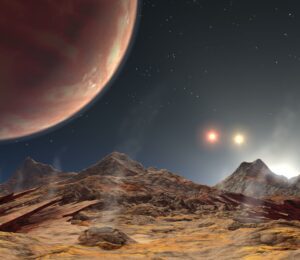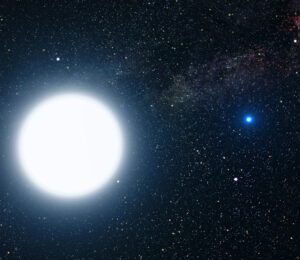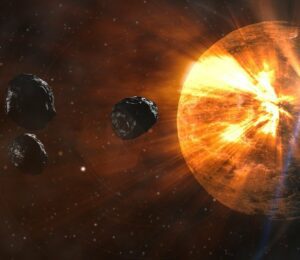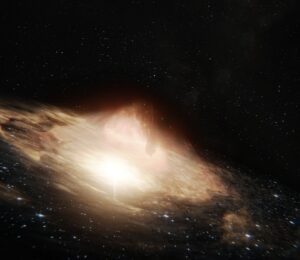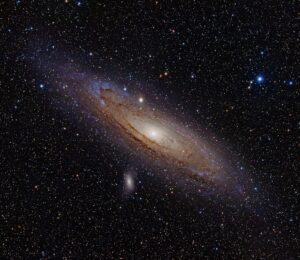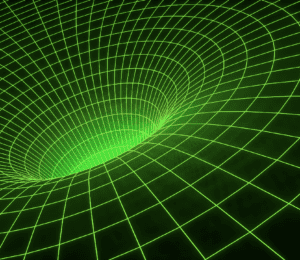"Cosmology" Article Items
Cosmology provides affirmation of some of the basic tenants of Christianity; the origin of the Universe from nothing at a point in time, the presence of hundreds of finely-tuned physical parameters in order to have any matter let alone intelligent life, the unique characteristics of Earth and our solar system compared to the hundreds of other planetary systems so far discovered all speak for a Designer who makes it all possible.
Why Mass Matters
Astronomy found that its mass determines nearly every aspect of a star’s physics; in the end, mass matters most. Its mass and lifespan primarily determine the star’s place on the HR diagram. The star’s position on the HR diagram determines its absolute brightness and color. The problem was that astronomers did not understand why this was so at the beginning of the twentieth century. First, they had thought that maybe younger stars would burn brighter, but this was not necessarily so. Then astronomers hypothesized that larger stars would be brighter, which is also not necessarily so. The reason why so… Read More »
Star Clusters
Stars are not uniformly distributed throughout the night sky but are often clumped together in star clusters. These star clusters were of some nuisance to astronomers trying to discover comets or deep sky objects because they appeared similar to the casual observer. Charles Messier gained some fame in cataloging some of these annoying clusters so they could not be confused with other objects, especially comets. His occupation as the Astronomer of the Navy for the government of France afforded him some opportunity to gain familiarity with the night sky. He made a catalog of star clusters so that he and… Read More »
Stellar Mass
The next mystery to be addressed by astronomy concerned stellar mass. Henry Russel proposed in 1914 that the hotter, more luminous stars had greater mass, while the cooler stars had a lower mass. This means that the stars on the upper left of the Hertzsprung-Russell diagram had a greater stellar mass and had a blue color, while those on the lower right corner of the Hertzsprung-Russell diagram were red stars with much lower masses. Unfortunately, early in the twentieth century, there was no way astronomers could measure stellar mass. How astronomers figured this out represents one of the greatest accomplishments… Read More »
The Hertzsprung-Russell (HR) Diagram
The Hertzsprung-Russell diagram is foundational to an understanding of stars and virtually everything astronomers have learned about stars, galaxies, and the universe. The diagram plots the absolute magnitude of a star against its spectrum. Thus, to put any star on the diagram, we only need to know its surface temperature (which relates to its spectral type) and absolute brightness. Astronomers can determine the spectral type for visible stars if the telescope can gather enough light. The amount of light collected from a star can be increased with a larger telescope, longer collections time, or more sensitive equipment. In addition, astronomers… Read More »
Order of Creation
“Higher critics” of the last two-hundred years have missed some of the most important historical features of the Genesis account of creation in the first chapter of Scripture. A casual reading of the order of creation might lead the reader to believe the account suggests the creation of the stars before the Sun, or plant life existed prior to sunlight. Does this mean the ancient writer of Genesis who lived in an agricultural society could believe plants existed before the Sun, or is there a more likely explanation? Is the story of Creation purely a mythological story or perhaps written… Read More »
Made For Life
The universe seems to be made for life; it seems like the universe was made in such a way as to promote the existence of intelligent life. The question that has plagued cosmologists for decades is how this extraordinary fine-tuning came into existence. An analogy might help in understanding this problem. Your New Office Suppose you have just landed your first desk job. It is your ideal position, one you have applied for many years ago but only now secured. You can’t wait to get to work! You check in to human resources, get the key to your office, and… Read More »
Religious Belief
Emerging cosmology is consistent with religious belief and not with atheism. That is a remarkable statement only because it is correct. I have always loved astronomy. While I was in high school, I was President of the Astronomy Club for three years, ground my telescope mirrors, and seriously considered going into astronomy as a career. Religious belief seems to be consistent with emerging new cosmology. I was the kid who would go to the public library and check out the books on astronomy. I got to the point where I had read all the popular astronomy books written for the… Read More »
The Multiverse
The multiverse has been proposed as a means for getting around the statistical impossibility of forming the universe by chance. A statistical impossibility is frequently taken as being any event that has less than one chance in 10^200. This number is chosen as the maximum number of events that could transpire since the universe began. This is derived as the number of cubic Planck lengths in the observable universe (3.6E+132) times Planck times since the universe began (2.4E+62) calculated from terms given here. Since this number is easily exceeded by the chance of several finely tuned physics constants to be… Read More »
Creation of Time
The Big Bang not only created at least the three dimensions we all inhabit, but it also resulted in the creation of time. The Big Bang One of the arguments against the Big Bang is that the laws of nature are unable to explain the amazing amount of life’s complexity on Earth for the past four billion years. He notes this advance is not possible given the second law of thermodynamics. This law indicates systems tend to degrade over time. This degradation occurs in all levels of order, complexity, and information. One physicist who promotes this view is Eric Lerner… Read More »

